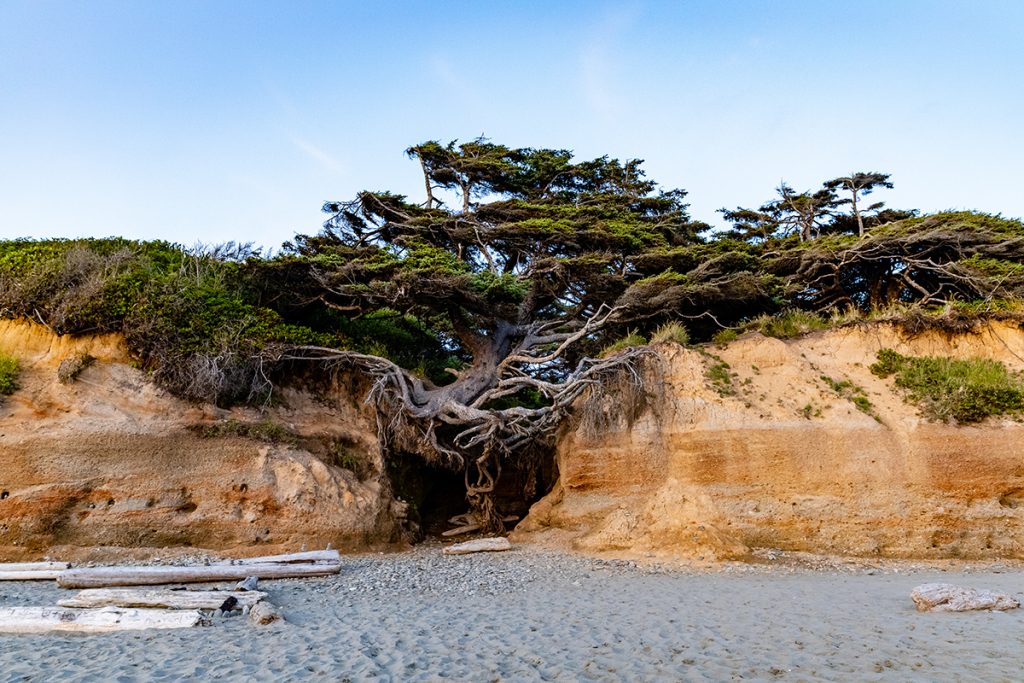Sometime back in the mid-1950s, an idea was formulated that it was probably important to ensure world-wide cultural treasures were preserved so future generations could “appreciate and enjoy them.” This idea arose during a time when the focus was on saving Egypt’s Abu Simbel temples, which while they had survived since 1244 BC, were now in danger due to the recent construction of a dam. That preservation seed morphed into what is now a list of more than 1000 locations around the world designated as World Heritage Sites. Administered by UNESCO World Heritage Committee, these sites are considered to be of “universal value to humanity.”
The importance of these World Heritage designations is that they preserve the history of the culture and people that inhabited those sites and moved our world forward. A World Heritage site can be a natural occurrence, like the Grand Canyon or Australia’s Great Barrier Reef, or can be man-made structures that played an important part in the history of a country like Independence Hall in Philadelphia or the Great Wall of China.
Twenty-four of these World Heritage Sites can be found in the U.S. Listed here are just a few.
Olympic National Park is noted for its diverse eco-systems. Several reasons this stunning Washington State location is listed include its topography, which ranges from 73 miles of seacoast to soaring glacial peaks like Mount Olympus; the Hoh rainforest which is located here; its plants and animals and the wealth of natural resources. Olympic National Park was designated a World Heritage Site in 1981. The Park is vast and covers nearly 1 million acres with roughly 95% listed as designated wilderness. Visitors can enjoy plenty of activities including winter fun like skiing, snowboarding, and tubing, as well as other seasonal activities like fishing, hiking, and tide pooling.
Yosemite National Park is another vast part of our beautiful landscape designated as a World Heritage Site (1984). Like Olympic National Park, Yosemite is noted for its incredible topography and the range of what can be found in this more than 700-acre natural wonderland in northern California, which includes meadows, waterfalls, groves of Sequoias, and the stunning peaks that are El Capitan and Half Dome. Aside from just marveling at its beauty, visitors to Yosemite can hike, bike, birdwatch, climb, fish, swim, ski, and stargaze.
If you look to important moments that solidified the freedoms our founding fathers conceived for the newly born United States, they may well harken back to the signing of the Declaration of Independence and the Constitution, both of which occurred in Philadelphia’s Independence Hall. In fact, many consider Independence Hall to be the birthplace of our country where the concepts proposed were debated and fine-tuned to become the historical documents that continue to shape our democracy. Visitors to this historic structure, which was completed in 1753 and is now part of the National Park Services, can tour the various rooms where history was made. It was designated a World Heritage Site in 1979.
As the most extensive cave system in the world, Kentucky’s Mammoth Cave was named a World Heritage Site in 1981 for several reasons. Aside from being the most extensive cave system in the world, it is also home to more than 130 species of wildlife and almost every type of cave formation, including stalactites and stalagmites, which can be found in this more than 400 mile system. Located in the southcentral part of the state, visitors can take cave tours as well as hike, bike, and fish in the above-ground portion of this beautiful National Park.
One World Heritage Site designation is actually a compilation of structures designed by famed architect Frank Lloyd Wright, who is known as the father of organic architecture, which promotes harmony among the natural world and human habitation. In his lifetime, Wright designed more than 1000 structures across the country, eight of which are designated as World Heritage Sites. They include: Taliesin, Wright’s estate located just outside Madison, Wisconsin, Taliesin West, Wright’s winter home and school, located in Scottsdale, Arizona, Robie House, designed by Wright in the famous Prairie Style, located in Chicago, Illinois, Unity Temple, considered one of the world’s first modern buildings, found in Oak Park, Illinois, and Hollyhock House, originally a private residence, the house is now the center of Barnsdale Art Park, located in Los Angeles, California.
Other U.S. World Heritage Sites include Florida’s Everglades National Park, Thomas Edison’s Monticello, the University of Virginia (which Jefferson founded), and the San Antonio Missions in Texas. For a complete list, visit whc.unesco.org/en/statesparties/us.
If you’re interested in visiting these U.S. World Heritage Sites, plan to stay with us along the way. Visit www.thousandtrails.com to see which campgrounds are conveniently located near these historic and cultural treasures.
